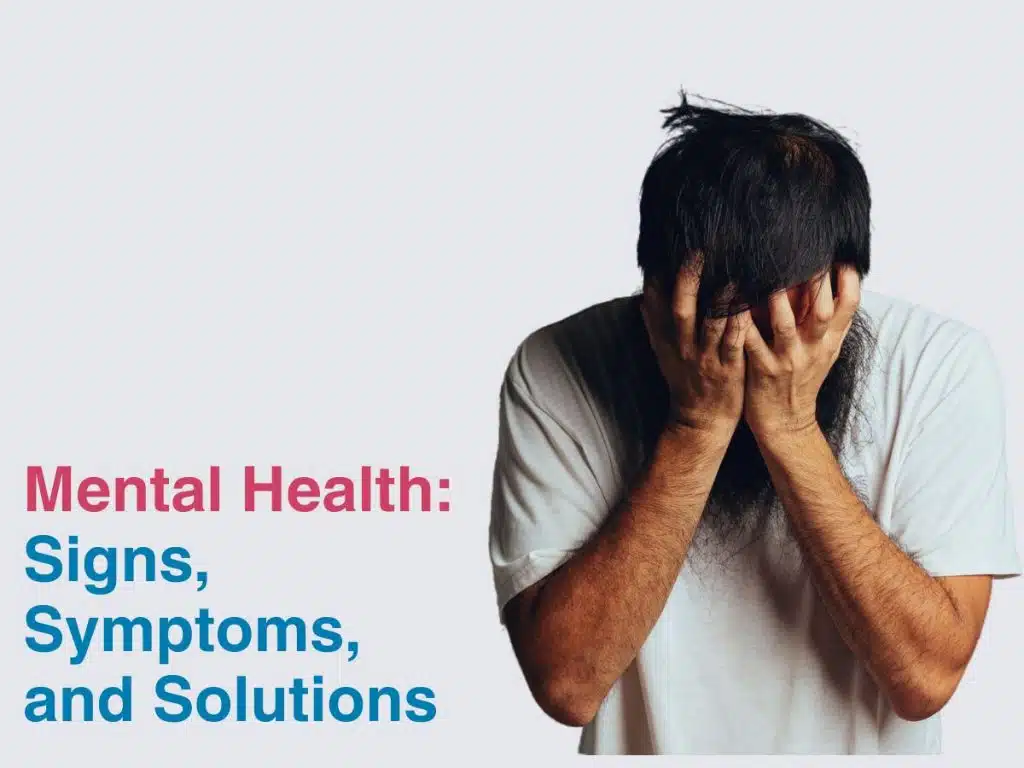
The EPI (Expanded Programme on Immunization) was initiated by the World Health Organization (WHO) in 1974 to ensure universal access to vaccines for children. The number of diseases targeted under the EPI varies by country based on local epidemiology and resources. However, the WHO initially recommended vaccination against six diseases:
- Tuberculosis (BCG vaccine)
- Diphtheria (DPT vaccine)
- Tetanus (DPT vaccine)
- Pertussis (Whooping Cough) (DPT vaccine)
- Polio (Oral Polio Vaccine or IPV)
- Measles
Over time, additional vaccines have been introduced into many national EPI schedules. In most countries today, the EPI typically includes vaccines for the following diseases (beyond the original six):
- Hepatitis B
- Haemophilus influenzae type b (Hib)
- Rubella
- Pneumococcal disease
- Rotavirus diarrhea
- Human papillomavirus (HPV) (for adolescent girls in some countries)
- Japanese encephalitis (in endemic areas)
- Yellow fever (in specific regions of Africa and South America)
Additional vaccines may be included based on country-specific health challenges, such as vaccines for typhoid, cholera, or meningococcal disease.
For example:
- In Pakistan, the EPI program currently vaccinates children against 12 diseases, including polio, tuberculosis, hepatitis B, diphtheria, pertussis, tetanus, measles, rubella, Hib, rotavirus, and pneumococcal infections.
- In India, the Universal Immunization Program (UIP) covers 12 diseases, including all of the above, with additions like Japanese encephalitis in endemic regions.



 DailyMediCure
DailyMediCure 















